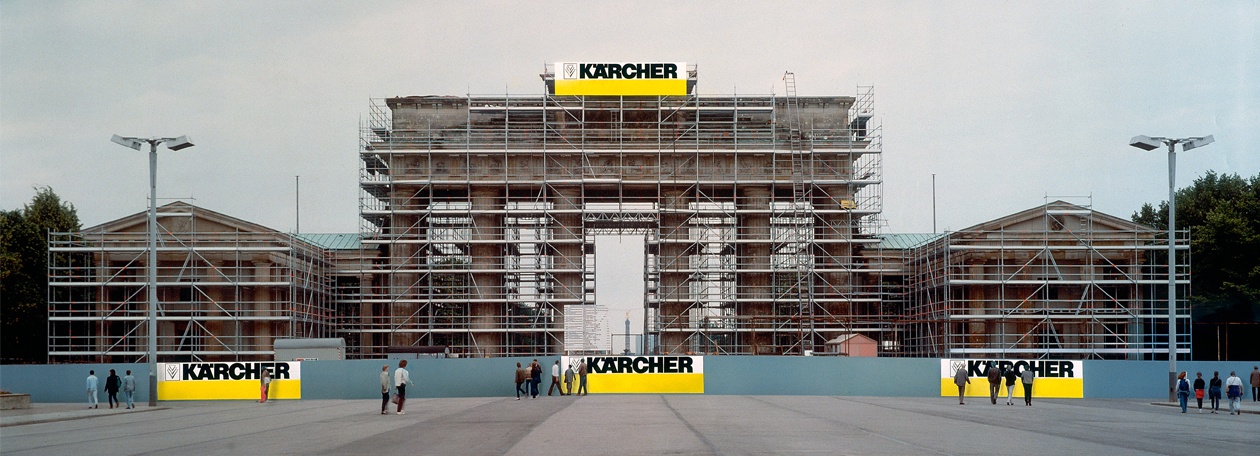Brandenburg Gate - Berlin, Germany

Brandenburg Gate returned to original splendour
Kärcher carried out cleaning work on the Brandenburg Gate under the expert supervision of chief restorer Thomas Schubert.
The symbol of German reunification has been renovated several times throughout its history, which spans more than 200 years. It was first renovated in 1804, just 13 years after its completion. The monument was rebuilt in 1956 - 58 and completely restored by stonemasons following the severe damage it suffered during the Second World War.
There were various different cleaning problems to be solved at the Brandenburg Gate. As well as normal surface dirt, Thomas Schubert drew particular attention to the graffiti and black deposits, which had become deeply encrusted. There was also heavy soiling from bird droppings on the Doric frieze on the east side of the Gate.
Graffiti was found on every part of the monument, but particularly on the attic and passageways.
Harmful substances in the air are a major cause of dirt, with the SO2 and high dust content of the air in Berlin playing a significant, damaging role.
Before cleaning work began, a series of tests was carried out to determine the most suitable cleaning technology in each case. Various methods, including steam cleaning, wet blasting and sandblasting, were tested using different spray agents. In the end, a very gentle procedure was chosen: cleaning with pure water at 50 bar pressure and at a temperature of 90°C. No chemicals were used whatsoever.
By opting for this gentle cleaning method, the natural patina on the Brandenburg Gate was preserved and the character of the historic monument was retained.
Cleaning began at the beginning of May 1990. The soiled surfaces were pre-rinsed with water. After a short contact time, the surface was cleaned within the relevant parameters using a flat stream procedure. The cleaning work was completed at the beginning of September 1990.

